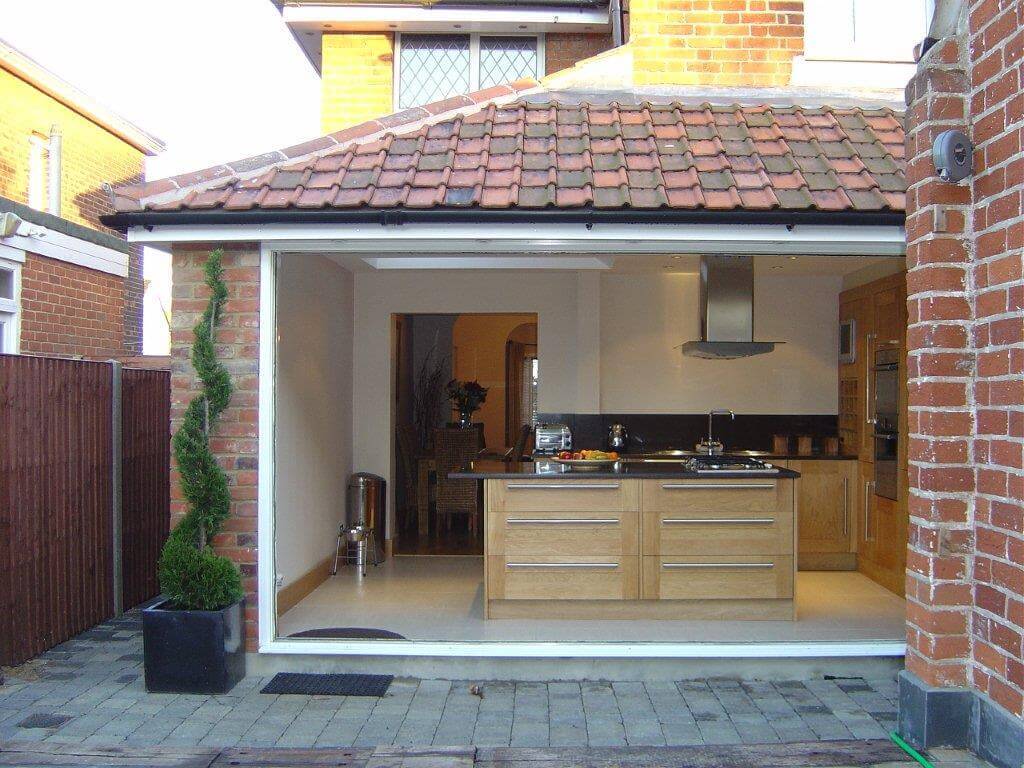
If you want your garage to be efficient and maximize its space, it is essential that it is organized. One of the best ways to accomplish this is by using garage organizing hooks. They are a great way to keep your tools organized and easily reachable at all times. These hooks are great for utility holders and bike racks.
Garage shelf organizers
There are many choices when it comes to organizing garage shelves. From wire shelving to baskets and hooks, these storage systems are easy to install and look great in any garage.
A good hook system is also versatile and affordable. A well-designed set of garage organizing hooks can store everything from garden tools and outdoor equipment to fishing rods, brooms, and lawn chairs.

There are many options for hooks, some of which can be mounted directly on the ceiling and others that can be mounted to walls. It is crucial to choose hooks that are strong enough to hold the weight of the items you want to hang. This will guarantee that your items won't get damaged.
You can also use hooks for storing items that you are planning to leave on the garage floor but will need to be retrieved from time to time. For example, if your children have bikes, you need to find a place that they can safely store and is easy to retrieve.
You can make the most out of your garage storage by ensuring that you only store items that are not too large. Instead of trying to stuff in a huge pair of hedge cutters, organize them by placing them on hooks that can be reached easily.
This will save you a lot of hassle and frustration because you won't have to constantly move your tools around. You'll also find it easier to find what your looking for when you want it.

A hook system can also be a smart solution to keeping your electric cords organized. The holder can attach to any wall and will secure your cables without causing damage.
The Saris Cycle Glide features a set with glides that allows the hooks to slide up and down so you have more space for your bikes. This will make it easy to put your bikes away, and will save you lots of space in your garage.
You can also hang folding chairs on the garage walls to save a lot of space. Just make sure that you buy a wall-mountable garage organizing hook that will be durable enough to hold up your chairs without sustaining any damages.
FAQ
What would it cost for a home to be gutted versus what it would cost to build one?
The process of gutting a house involves removing all contents inside the building. This includes walls, floors and ceilings, plumbing, electrical wiring and appliances. Gutting is done when you want to make some modifications before moving in. Because of the many items involved in gutting a house, it is usually very costly. Depending on your job, the average cost to gut a home can run from $10,000 to $20,000.
A builder builds a home by building a house frame-by-frame, then adds doors, windows, doors and cabinets to the walls. This is typically done after purchasing lots and lots of lands. Building a home usually costs less than gutting and can cost between $15,000 and $30,000.
It really depends on your plans for the space. If you are looking to renovate a home, it will likely cost you more as you will be starting from scratch. However, if you want to build a home, you won't have to worry about ripping everything apart and redoing everything. You can build it as you wish, instead of waiting to have someone else tear it apart.
How much does it cost to gut and renovate a kitchen completely?
You might wonder how much it would be to remodel your home if you have been considering the idea.
The average kitchen remodel costs between $10,000 and $15,000. There are ways to save on your kitchen remodel while still improving the space's look and feel.
You can cut down on costs by planning ahead. This includes choosing a style and color scheme that suits your lifestyle and finances.
Hiring an experienced contractor is another way of cutting costs. A skilled tradesman will know exactly what to do with each stage of the construction process. This means that he or she won’t waste time trying out different methods.
It is best to decide whether you want to replace your appliances or keep them. Remodeling a kitchen can add thousands of pounds to its total cost.
It is possible to choose to buy used appliances, rather than buying new ones. You can save money by buying used appliances.
It is possible to save money when you shop around for materials, fixtures, and other items. Special events like Cyber Monday and Black Friday often offer discounts at many stores.
How can I tell if my house needs a renovation or a remodel?
First, check to see whether your home was updated in recent years. You might want to renovate if you haven’t had any home updates in several years. You might also consider a remodel if your home is brand new.
A second thing to check is the condition of your house. A renovation may be necessary if your home has holes in its drywall, cracked wallpaper, or missing tiles. It's possible to remodel your home if it looks good.
Also, consider the general condition of your property. Are the structural integrity and aesthetics of your home? Do the rooms look clean? Are the floors in good condition? These questions are important when deciding which type of renovation you should go through.
Why should I remodel rather than buying a completely new house?
Although houses are getting cheaper each year, you still have to pay the same amount for the same square footage. Even though you may get a lot of bang for your buck, you also pay a lot for that extra square footage.
A house that isn't in constant maintenance costs less.
Remodeling instead of buying a brand new home can help you save thousands.
Remodeling your home will allow you to create a space that is unique and suits your life. You can make your house more comfortable for yourself and your family.
What are some of the largest costs associated with remodeling your kitchen?
When planning a kitchen renovation, a few major costs are involved. These include demolition, design fees, permits, materials, contractors, etc. They seem quite small when we consider each of these costs separately. They quickly grow when added together.
Demolition is likely to be the most expensive. This includes removing any cabinets, appliances, countertops or flooring. The drywall and insulation must then be removed. Then, it is time to replace the items with newer ones.
Next, hire an architect who will draw plans for the space. To ensure that the project meets all building codes, permits must be obtained. Next, you will need to hire someone to actually build the project.
The contractor must be paid once the job has been completed. The job size will determine how much you spend. It is crucial to get estimates from several contractors before you hire one.
You can sometimes avoid these costs if you plan. You might be able negotiate better materials prices or skip some work. You will be able save time and money if you understand what needs to done.
For example, many people try to install their cabinets. This will save them money as they won't need to hire professional installation services. The problem is that they usually spend more money trying to figure out how to put the cabinets in place themselves. Professionals can typically complete a job in half the time it would take you.
Another way to save is to purchase unfinished materials. Before purchasing pre-finished materials like cabinets, you must wait until all the pieces are assembled. Unfinished materials can be used immediately by you if purchased. And you can always decide to change your mind later if something does not go according to plan.
But sometimes, it isn't worth going through all this hassle. Planning is the best way save money on home improvement projects.
How long does it usually take to remodel your bathroom?
It usually takes two weeks to remodel a bathroom. This can vary depending on how large the job is. Smaller jobs, such as adding a shower stall or installing a vanity, can be completed in a day or two. Larger projects like removing walls and installing tile floors or plumbing fixtures can take many days.
A good rule of thumb is to allow three days per room. If you have four bathrooms, then you'd need 12 days.
Statistics
- 55%Universal average cost: $38,813Additional home value: $22,475Return on investment: 58%Mid-range average cost: $24,424Additional home value: $14,671Return on investment: (rocketmortgage.com)
- About 33 percent of people report renovating their primary bedroom to increase livability and overall function. (rocketmortgage.com)
- Following the effects of COVID-19, homeowners spent 48% less on their renovation costs than before the pandemic 1 2 (rocketmortgage.com)
- 57%Low-end average cost: $26,214Additional home value: $18,927Return on investment: (rocketmortgage.com)
- 5%Roof2 – 4%Standard Bedroom1 – 3% (rocketmortgage.com)
External Links
How To
How to Remove Tile Grout from Floor Tiles
Most people don’t know what tile grouting is. It is used to seal joints between tiles. Many different types of grout are available today, each using a specific purpose. This article will teach you how to remove tile grout off floor tiles.
-
Before you can begin the process, ensure that you have all necessary tools. A grout cutter, grout scraper and some rags are all essential.
-
Now you must clean any dirt or debris under the tile. Use the grout knife to remove the grout. Scrape away any remaining grout. You must be careful not to scratch any tiles.
-
Once you have cleaned everything up, take the grout scraper and use it to clean off any remaining grout. You can move on to step 4 if there is no grout left.
-
After you have done all the cleaning, you can move on to the next step. Take one of the rags and soak it in water. You want to make sure that the rag gets completely wet. Make sure the rag is completely dry after it has gotten wet.
-
Place the wet paper towel at the joint of the tile and wall. You should press the rag down until the grout is separated. Slowly pull down on the rag until it is pulled towards you. Continue pulling it backwards and forwards until all the grout has been removed.
-
Continue with steps 4 through 5, until the grout is completely removed. Rinse the ragout. Repeat the process if necessary.
-
Once you have finished removing all the grout, wipe down the surface of the tiles with a damp cloth. Allow to dry completely.